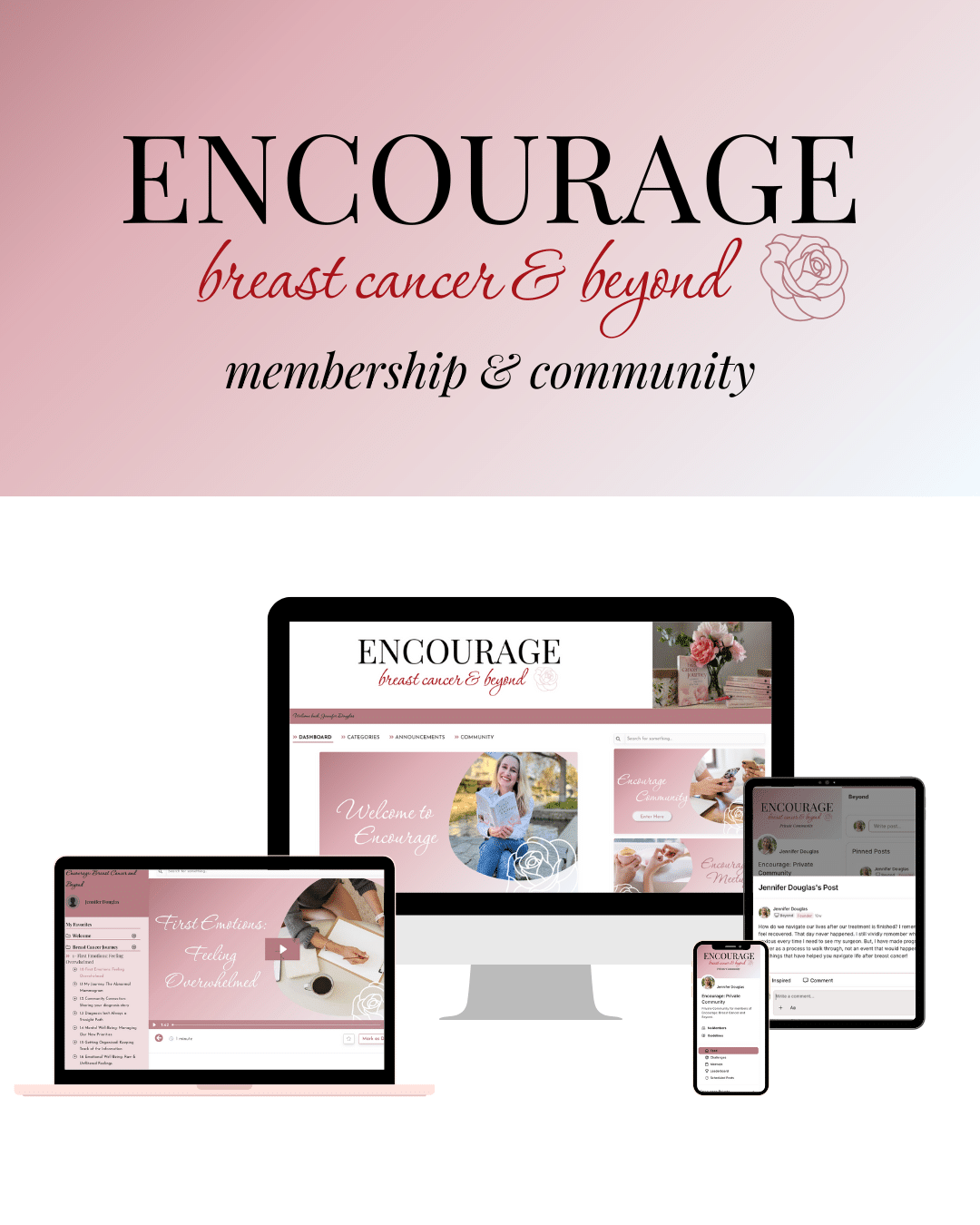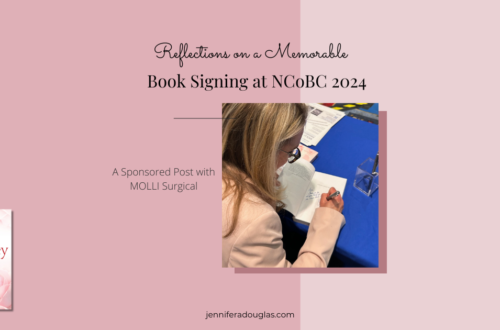
Lumpectomy or Mastectomy
Which is Better For You, Right Now?
You’ve just been diagnosed with breast cancer, and suddenly you’re asked to choose between surgeries.
Lumpectomy or mastectomy?
Both can be the right choice. But the real question is: which one is right for you?
In this post, we’ll talk about how to approach this decision in a way that feels clear, informed, and personal.
Both Surgeries Work
The good news—and also the hard news—is that if you’ve been given a choice between a lumpectomy and a mastectomy, it means that both are oncologically sound. In other words, both options are effective at treating your cancer.
That’s important to remember:
If you’re being offered a choice, it’s not because one surgery is clearly better than the other. It’s because both can work.
So… how do you choose?
Is one of them better?
This is where things get nuanced.
You might have two surgeries in front of you—both medically sound, both capable of removing the cancer—and still feel completely overwhelmed.
That’s because you’re not just choosing a surgery. You’re making a decision that affects your body, your recovery, your identity, and your peace of mind.
You might be weighing:
- How quickly you want to heal
- What kind of scars you’re comfortable with
- Whether you want to preserve your breast or remove it entirely
- How future screenings or imaging might make you feel
- What feels safest to you emotionally, not just statistically
These are deeply personal factors. And while your medical team can explain the risks and benefits, only you can decide what feels right for your life, your values, and your experience.
That’s why this decision can feel so hard. But it’s also why it’s worth slowing down and listening to what matters most to you.
Decision-Making Is a Hot Topic
In 2025, I attended the ASBrS conference and sat in on a debate. The topic? “Mastectomy vs. Lumpectomy.”
Yes—even breast surgeons take time to critically examine and debate which option might be better for us.
The result? A draw. Both surgeries have benefits. Both have drawbacks.
So, if you’re struggling with a decision, please know this: breast surgeons are still discussing it at conferences. You’re not behind. You’re not missing something. It really is that complex.
In many of the support groups I facilitate, decision-making is a recurring topic. Those of us who’ve been through the process share how we made our choices, what it was like to recover from surgery, and how we feel about our decisions now, weeks, months, or even years later.
When someone is newly diagnosed, the most common question I hear is:
“Which surgery is the right one?”
Here’s the truth: if you’re being offered both, that means both are medically appropriate.
But the deeper question is this:
Which one is right for you, right now?
Getting to the Choice That’s Best for You, Right Now
Breast cancer decision-making is highly personal. We each come into this diagnosis at different ages, with different life circumstances, health histories, and perspectives.
If you handed my diagnosis to another woman, she might have chosen a mastectomy. But for me, a lumpectomy was the best choice.
And that’s the point—this is a decision that has to be made in the context of your life.
It can feel overwhelming to weigh these options. And feeling overwhelmed? That’s totally normal. But, it’s also not the most optimal mindset to make a decision from.
So instead of letting fear or confusion steer the ship, let’s try something else.
Let’s pursue clarity.
Let’s aim for empowerment.
Let’s find a path forward that feels right for you, right now.

Would you like to hop on one of my support calls?
If you are navigating through breast cancer and realizing that you’d like to do more than read a post– you’d like to ask questions and get support in real time, I would love to welcome you inside my private membership community- Encourage: Breast Cancer and Beyond.
From Overwhelmed to Empowered: Finding Clarity in the Swirl
As I’ve reflected on the decisions I’ve made personally and the ones I’ve witnessed fellow patients walk through, I’ve started to notice a framework that many of us follow.
The actions in each phase might look different for every person, but the overall shape of the decision-making process often feels familiar.
Here’s how I describe it:
1. Assemble Your Team
Before you can make a decision, you need a breast surgeon who can clearly lay out your options. Sometimes the first surgeon you’re referred to feels like a great fit. Other times, you may feel unsure—or even disconnected—and realize it’s time for a second opinion.
Once I decided on my surgeon, the process felt so much easier. I trusted his expertise and felt confident that the options he presented were thoughtful and sound.
If you’re struggling to make a decision, ask yourself: Am I actually struggling with the choice? Or am I struggling because I don’t fully trust the surgeon guiding me through it?
2. Acquire the Information
Sometimes your team needs more data before a decision can be made.
In my case, I needed additional imaging and genetic testing. We discussed possible surgical options, but we couldn’t finalize a plan until the results were in.
You may start out leaning toward one surgery, but that can shift as new information arrives. You may also learn that there are more options than you initially realized. (I had no idea how many reconstruction possibilities existed until I was in it myself.)
The goal here isn’t to rush—it’s to gather what you need to make a decision that fits your unique diagnosis.
3. Weigh Your Options
This is the active part of the decision-making process. Some of us make lists. Others process out loud with trusted friends.
There’s often an external process—asking questions, gathering opinions—and an internal one: reflecting on what truly matters to you.
Journaling, walking, prayer, meditation, or visualization can all help you clarify your direction. You might not find a “perfect” answer, but you can land on a decision that feels right for you.
4. Choose
Eventually, the moment comes when you need to decide. Maybe you’re heading into an appointment where your surgeon needs your answer. Maybe you’ve thought it through and feel ready.
It might not feel perfect. But it can still feel right.
5. Pause
After making a big decision, give yourself space to sit with it.
This is your moment to reflect. To listen to your inner voice. To own your choice.
I stopped asking for others’ opinions at this stage. I took long walks. I thought in the shower. I needed that quiet space to let my choice settle.
Let this be your personal exhale—before you open the door to everyone else’s thoughts.
6. Share
Once your decision feels solid, you can share it with your medical team and with the people in your life.
And yes, some people may have opinions. As Mel Robbins says: Let them. (also a great book)
They haven’t walked in your shoes. They haven’t had to face the choices you’ve had to make.
That’s why this step comes last. Sharing too early—before you’ve had time to weigh, choose, and pause—can invite second-guessing and stir up doubt.
So take your time. Share when you’re ready.
One more note—sometimes we circle back.
This process isn’t always a straight line. You might move through all the steps and still find yourself unsure. Maybe during your pause, you realize you don’t feel centered in your choice. That’s okay.
You can revisit the Weigh stage. You can talk to your surgeon again, ask new questions, or sit with your decision a little longer. Sometimes clarity needs space.
There’s no “perfect” path—only the one that helps you feel confident and grounded in your next step.
A few closing thoughts...
You don’t have to rush. You just have to keep moving forward.
If you’re in the middle of choosing between surgeries right now, I want you to know this: the fact that you get to choose means that your medical team believes both options can treat your cancer effectively. That’s a good thing—and a tricky thing.
Making a decision like this isn’t easy, and you’re not doing it wrong if it feels overwhelming. It just means you care deeply and want to make the best choice for your body, your future, and your peace of mind.
I hope that this framework gives you some steps to hold onto as you navigate the swirl. You don’t have to figure it all out today. But you can take one step, then the next, until the path becomes clearer.
You’re allowed to take your time. You’re allowed to change your mind. And you’re allowed to choose what’s best for you, not just medically, but personally.
Sending you clarity, courage, and a little extra grace for the road ahead.
Jennifer Douglas
Jennifer Douglas is an author, patient advocate, and DCIS breast cancer survivor. After navigating her own breast cancer journey in 2019, she began writing and encouraging others who were newly diagnosed. Her resources include her book, "A Breast Cancer Journey: Living It One Step at a Time," and her online support course, "Encourage: Breast Cancer and Beyond." Jennifer also actively supports patients through her online presence and direct involvement in communities and support groups, offering guidance and encouragement every step of the way.

You May Also Like

Reflections on a Memorable Book Signing at NCoBC 2024
April 26, 2024
My Favorite Post-Lumpectomy Bra (even years after breast cancer)
July 12, 2024
